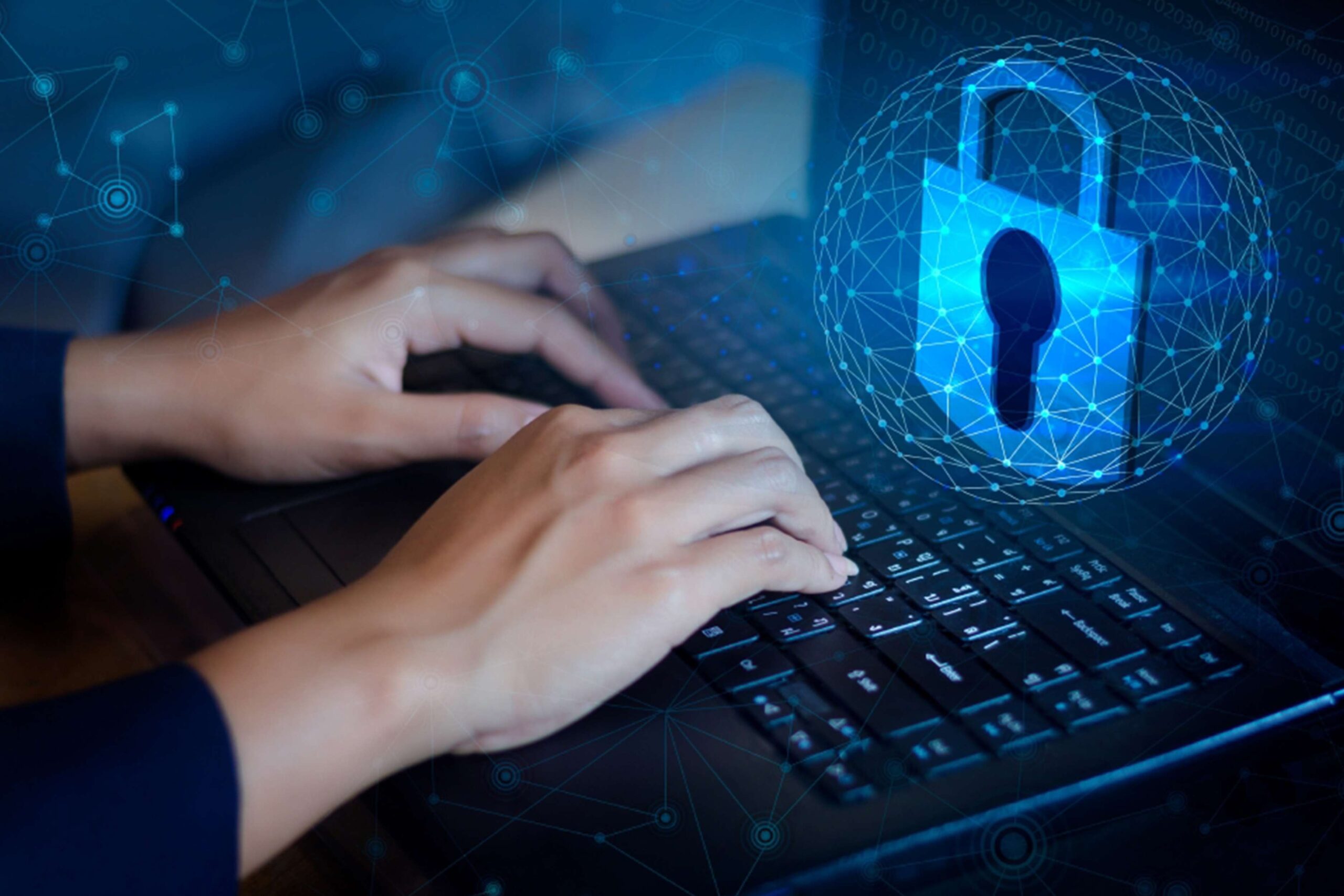In today’s hyper-connected world, the threat of cyber attacks looms larger than ever before. With each passing day, cybercriminals devise new and sophisticated methods to exploit vulnerabilities and wreak havoc on individuals, businesses, and even nations. As we navigate the complex landscape of cybersecurity, it’s imperative to stay informed about the latest cyber attack trends, understand their implications, and fortify our defenses against evolving threats. In this comprehensive guide, we delve into recent cyber attacks, including notable incidents in the United States and globally, and provide actionable insights into prevention measures to safeguard against cyber threats.
Understanding the Latest Cyber Attack Landscape:
The latest cyber attack trends paint a grim picture of the state of cybersecurity, with cybercriminals leveraging a wide array of tactics to infiltrate networks, steal sensitive data, and disrupt operations. Let’s explore some of the most significant developments:
1. Notable Cyber Attack in the United States:
One of the most alarming cyber attacks in the United States occurred recently when a major financial institution fell victim to a sophisticated data breach. The attackers exploited vulnerabilities in the institution’s web application, gaining unauthorized access to a treasure trove of sensitive customer information, including personal and financial data. The repercussions of this breach reverberated across the financial sector, eroding consumer trust and highlighting the urgent need for robust cybersecurity measures.
2. Recent Cyber Attacks:
Over the past few months, cyber-attacks have made headlines around the world, targeting a diverse range of industries and organizations. Ransomware attacks, in particular, have been rampant, with healthcare institutions, government agencies, and critical infrastructure entities bearing the brunt of these malicious campaigns. Notable incidents include a healthcare provider forced to shut down critical services due to a ransomware attack and a municipal government grappling with the aftermath of a devastating ransomware demand, which crippled essential services and disrupted daily operations.
3. Cyber Attacks in 2024:

Looking ahead to 2024, cybersecurity experts anticipate a continuation of existing trends, with ransomware attacks remaining a pervasive threat and nation-state-sponsored cyber warfare escalating. Additionally, the emergence of new technologies, such as quantum computing and artificial intelligence, is expected to introduce novel attack vectors, challenging traditional defense mechanisms and necessitating innovative cybersecurity strategies.
Prevention Measures: Fortifying Against Cyber Threats
To mitigate the risk of falling victim to cyber-attacks, individuals and organizations must adopt proactive cybersecurity measures. Here are some essential strategies:
1. Regular Software Updates and Patch Management

Keep software, operating systems, and applications up to date with the latest security patches and updates to address known vulnerabilities. Establish a robust patch management process to ensure timely deployment of patches across all systems and devices.
2. User Education and Training
Educate employees and users about the risks of phishing scams, social engineering tactics, and other common cyber threats. Conduct regular training sessions to raise awareness of cybersecurity best practices and empower individuals to recognize and report suspicious activity.
3. Implementing Multi-Factor Authentication (MFA)
Enforce multi-factor authentication (MFA) wherever possible to add an additional layer of security. Require users to provide multiple forms of identification, such as a password and a one-time verification code sent to their mobile device, before granting access to sensitive systems or data.
4. Network Segmentation
Implement network segmentation to compartmentalize data and restrict access to sensitive information. By dividing networks into smaller, isolated segments, organizations can limit the impact of a potential cyber attack and prevent lateral movement by attackers.
5. Incident Response Planning

Develop a comprehensive incident response plan that outlines procedures for detecting, responding to, and recovering from cyber-attacks. Establish clear communication channels, escalation paths, and roles and responsibilities to ensure a coordinated and effective response in the event of a security incident.
FAQs about the Latest Cyber Attack Trends:
1. What was the recent cyber attack in the United States?
In a recent cyber attack in the United States, a major financial institution experienced a significant data breach, compromising the personal and financial information of millions of customers. The attackers exploited vulnerabilities in the institution’s web application, highlighting the urgent need for robust cybersecurity measures.
2. What are some recent cyber attacks that made headlines?
Over the past few months, ransomware attacks have been prevalent, impacting healthcare institutions, government agencies, and critical infrastructure entities. Notable incidents include a healthcare provider forced to shut down critical services due to a ransomware attack and a municipal government grappling with the aftermath of a devastating ransomware demand, which crippled essential services and disrupted daily operations.
3. What can we expect in terms of cyber attacks in 2024?
In 2024, cybersecurity experts anticipate a continuation of existing trends, with ransomware attacks remaining pervasive and nation-state-sponsored cyber warfare escalating. Additionally, the emergence of new technologies, such as quantum computing and artificial intelligence, is expected to introduce novel attack vectors, challenging traditional defense mechanisms and necessitating innovative cybersecurity strategies.
4. How can individuals protect themselves against cyber threats?
Individuals can protect themselves by regularly updating software and applications, staying informed about common cyber threats, and being cautious about clicking on suspicious links or downloading attachments. Enabling multi-factor authentication and practicing good password hygiene are also effective measures.
5. What should organizations prioritize in their cybersecurity efforts?
Organizations should prioritize regular software updates, employee education and training, the implementation of multi-factor authentication, network segmentation, and the development of robust incident response plans to strengthen their cybersecurity defenses against the latest cyber attack trends.
Conclusion:
As we navigate the intricate landscape of cybersecurity, it’s evident that the threat of cyber attacks is more pervasive and sophisticated than ever before. From the recent data breaches to the rampant ransomware attacks, the cybersecurity landscape is constantly evolving, presenting new challenges and risks for individuals, businesses, and governments alike.
The latest cyber attack trends underscore the critical importance of proactive cybersecurity measures and vigilant threat detection strategies. By staying informed about emerging threats, implementing robust prevention measures, and developing effective incident response plans, organizations can bolster their defenses against cyber attacks and minimize the impact of potential security breaches.
As we look ahead to the future, it’s clear that cybersecurity will continue to be a top priority for organizations of all sizes and across all industries. By investing in cybersecurity awareness, education, and technology, we can collectively work towards building a more resilient and secure digital ecosystem.
Ultimately, cybersecurity is a shared responsibility that requires collaboration, innovation, and ongoing commitment from all stakeholders. By working together to address the latest cyber attack trends and mitigate emerging threats, we can create a safer and more secure digital world for generations to come.






